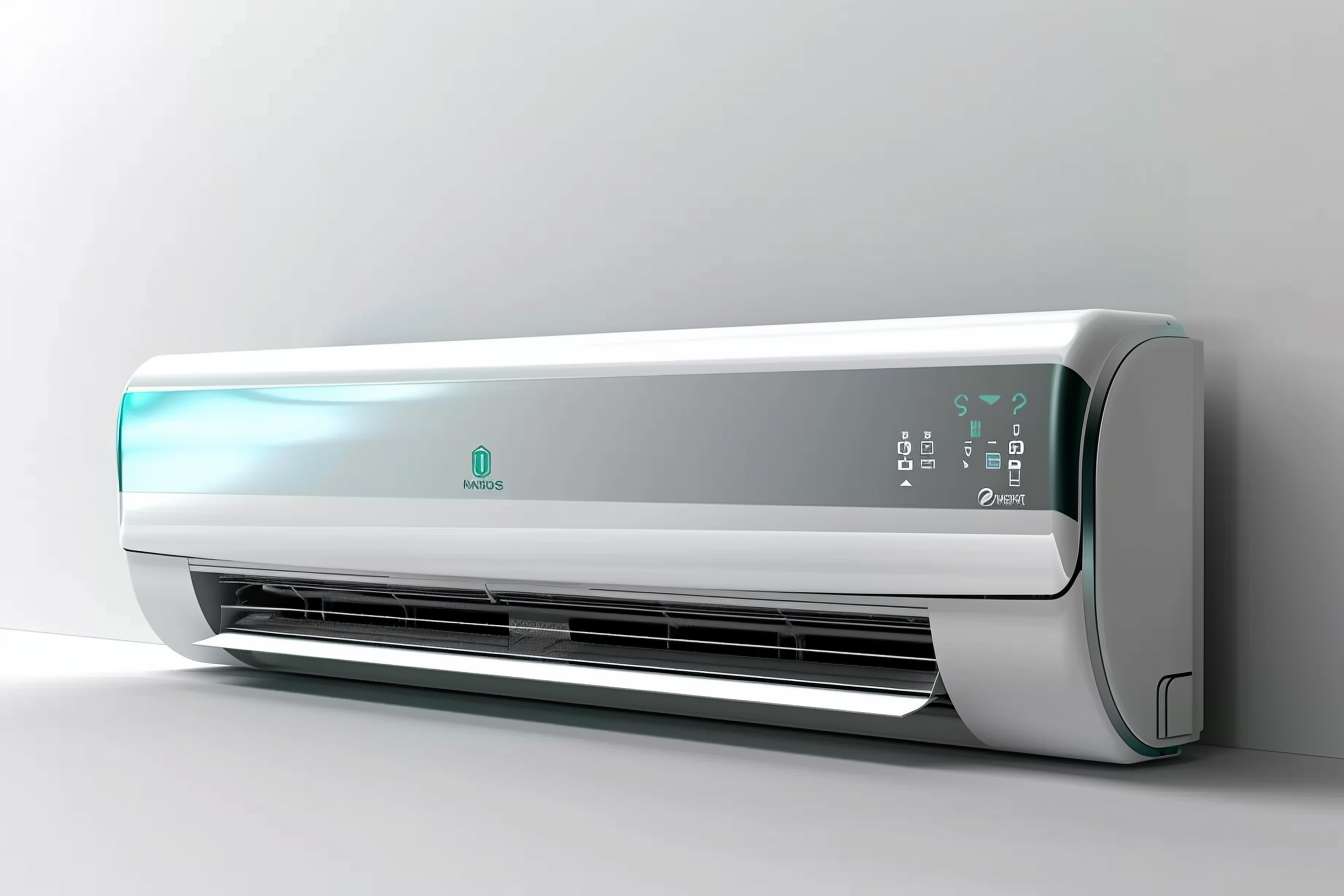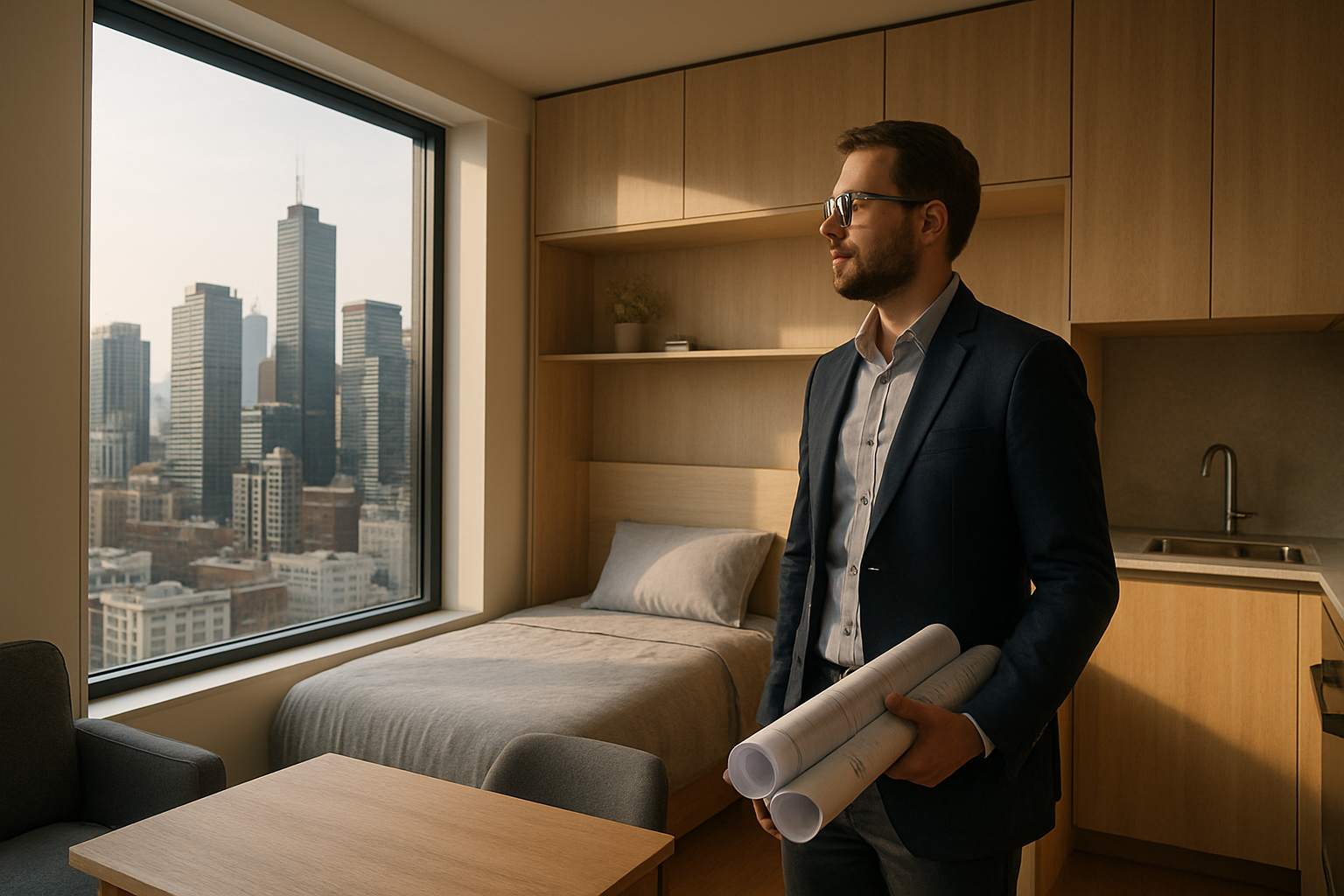Air Conditioner: Smarter Cooling for Every Home
Modern air conditioning systems have transformed from basic cooling units into sophisticated climate control solutions that enhance comfort, improve air quality, and reduce energy consumption. Today's smart air conditioners offer advanced features like programmable thermostats, energy-efficient inverter technology, and air purification capabilities that make them essential for Australian homes facing increasingly warm temperatures.

Air conditioning technology has revolutionized how we maintain comfortable indoor environments, particularly in Australia where summer temperatures can be extreme. Understanding the various aspects of modern air conditioning systems helps homeowners make informed decisions about cooling their spaces effectively while managing energy costs and maintaining healthy indoor air quality.
The Evolution of Cooling Technology
Air conditioning technology has advanced significantly from the basic window units of decades past. Modern systems incorporate inverter technology that adjusts compressor speed based on cooling demand, resulting in more consistent temperatures and reduced energy consumption. Smart connectivity allows remote control through smartphone apps, enabling users to adjust settings before arriving home or monitor energy usage in real-time. Variable refrigerant flow systems provide precise temperature control for different zones within a home, while advanced filtration systems remove allergens, dust, and pollutants from circulating air.
Energy Efficiency and Savings
Energy efficiency ratings play a crucial role in selecting air conditioning systems, with Australian standards requiring clear energy star ratings on all units. Inverter air conditioners typically consume 30-50% less energy than conventional fixed-speed models by maintaining steady temperatures without frequent on-off cycling. Proper sizing ensures optimal efficiency, as oversized units cycle frequently while undersized units work continuously without achieving desired comfort levels. Programmable thermostats and zoning systems further enhance efficiency by cooling only occupied areas during specific times, potentially reducing electricity bills by 10-20% annually.
Indoor Air Quality and Health
Modern air conditioning systems contribute significantly to indoor air quality through advanced filtration and humidity control. HEPA filters capture particles as small as 0.3 microns, including pollen, dust mites, and some bacteria, providing relief for allergy sufferers. Proper humidity control prevents mold growth while maintaining comfortable moisture levels between 40-60%. Some premium systems include UV-C light technology that neutralizes airborne pathogens, while activated carbon filters remove odors and volatile organic compounds from indoor air.
Choosing the Right AC for Your Space
Selecting appropriate air conditioning capacity requires careful consideration of room size, ceiling height, insulation quality, and sun exposure. Split systems work well for individual rooms or small areas, while ducted systems provide whole-home cooling with consistent temperatures throughout. Multi-split systems allow independent control of multiple indoor units connected to a single outdoor compressor, ideal for homes with varying cooling needs. Portable units offer flexibility for renters or temporary cooling solutions, though they typically consume more energy than permanently installed systems.
Installation and Maintenance
Professional installation ensures optimal performance and prevents common issues like refrigerant leaks, inadequate drainage, or electrical problems. Regular maintenance includes cleaning or replacing filters monthly during peak usage periods, checking refrigerant levels annually, and ensuring outdoor units remain free from debris and vegetation. Proper maintenance extends system lifespan, maintains efficiency, and prevents costly repairs. Annual professional servicing identifies potential issues early while ensuring compliance with manufacturer warranty requirements.
| System Type | Provider/Brand | Cost Estimation (AUD) |
|---|---|---|
| Split System (2.5kW) | Daikin/Mitsubishi | $800-$1,500 |
| Ducted System (10kW) | Fujitsu/LG | $4,000-$8,000 |
| Multi-Split (3 zones) | Panasonic/Samsung | $3,000-$6,000 |
| Portable Unit | DeLonghi/Olimpia | $400-$800 |
Prices, rates, or cost estimates mentioned in this article are based on the latest available information but may change over time. Independent research is advised before making financial decisions.
Investing in quality air conditioning provides long-term benefits through improved comfort, better air quality, and energy savings. Understanding the technology, efficiency ratings, and maintenance requirements helps Australian homeowners select systems that meet their specific needs while providing reliable cooling for years to come. Professional consultation ensures proper sizing and installation for optimal performance in local climate conditions.




